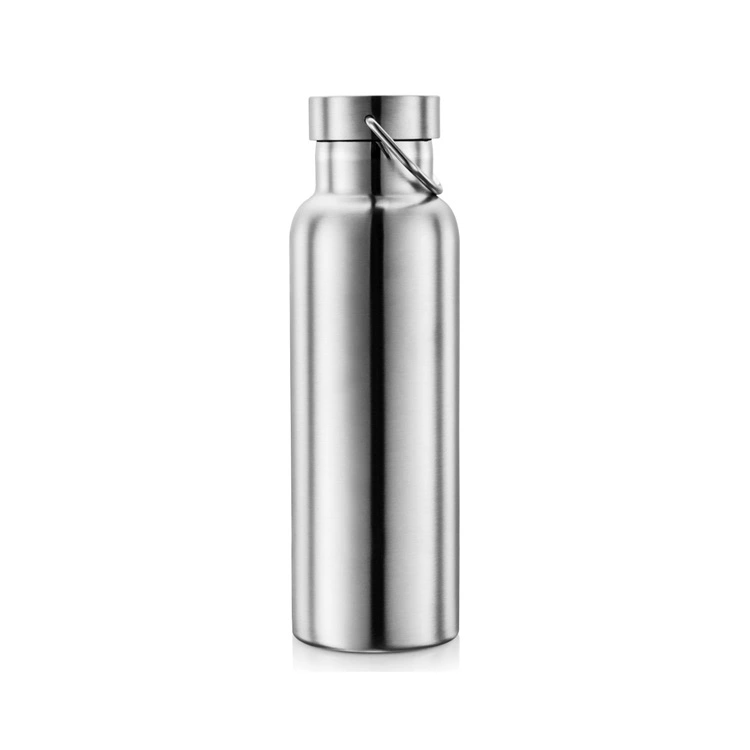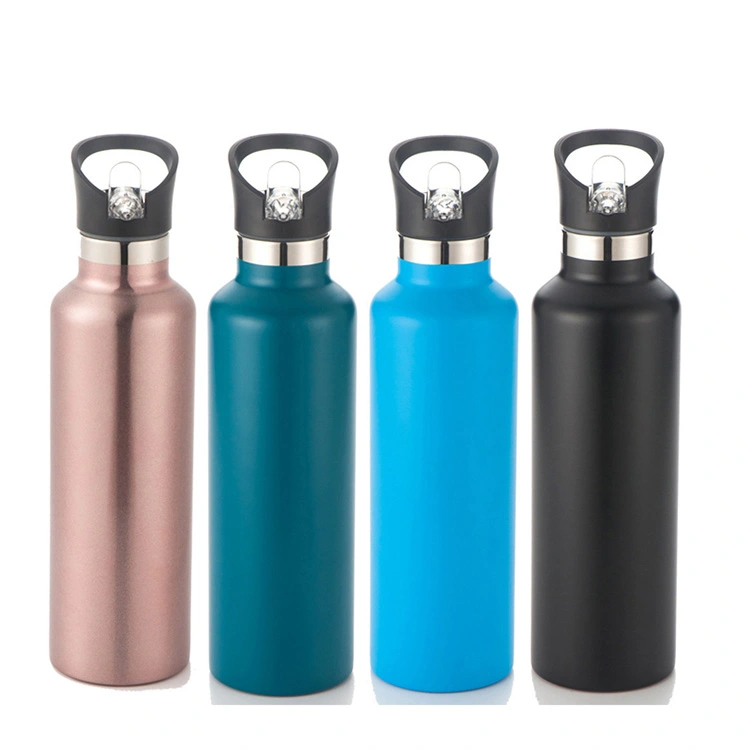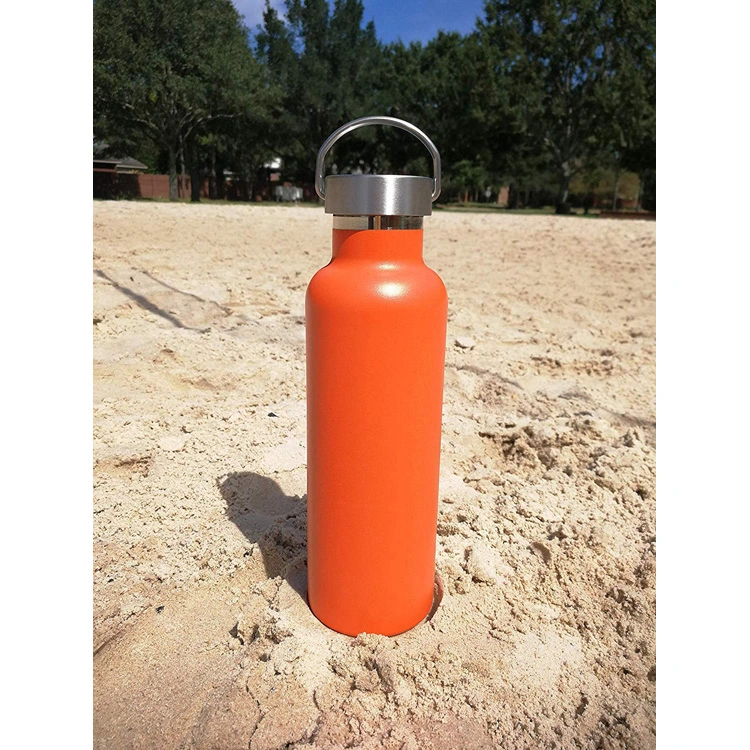- English
- Español
- Português
- русский
- Français
- 日本語
- Deutsch
- tiếng Việt
- Italiano
- Nederlands
- ภาษาไทย
- Polski
- 한국어
- Svenska
- magyar
- Malay
- বাংলা ভাষার
- Dansk
- Suomi
- हिन्दी
- Pilipino
- Türkçe
- Gaeilge
- العربية
- Indonesia
- Norsk
- تمل
- český
- ελληνικά
- український
- Javanese
- فارسی
- தமிழ்
- తెలుగు
- नेपाली
- Burmese
- български
- ລາວ
- Latine
- Қазақша
- Euskal
- Azərbaycan
- Slovenský jazyk
- Македонски
- Lietuvos
- Eesti Keel
- Română
- Slovenski
- मराठी
- Srpski језик
Which water bottle is best for cycling?
2024-01-29
Choosing the best water bottle for cycling depends on your personal preferences, hydration needs, and the type of cycling you're doing.

These are the traditional plastic bottles with a simple nozzle that you can squeeze to release water.
They are lightweight, easy to use, and often have a high liquid flow rate, which is beneficial for quick hydration.

Similar to squeeze bottles but with a self-sealing nozzle cap. This helps prevent spills and contamination when riding in dusty or muddy conditions.
Nozzle caps can be opened with your mouth, making it convenient to drink on the go.

Designed to keep liquids cool for longer periods, insulated bottles are excellent for hot weather or longer rides.
They are typically made with double-wall construction and may have a layer of insulation between the walls.
Popular among endurance cyclists, hydration bladders are carried in a backpack or mounted on the bike frame.
They offer a higher water capacity compared to traditional bottles but may require more effort to clean.

Some cyclists, especially those in competitive road cycling, prefer aerodynamic bottles that are designed to reduce air resistance.
These water bottles are often shaped to minimize drag and may be more challenging to find.

Consider the type of bottle cage you'll use to secure the water bottle to your bike. Different cages may be suitable for different bottle shapes and sizes.
When choosing a water bottle for cycling, consider factors such as ease of use, capacity, durability, and compatibility with your bike. Additionally, make sure the bottle is easy to clean, as hygiene is crucial for a reusable water bottle. Experiment with a few types to find the one that best meets your needs and preferences.




